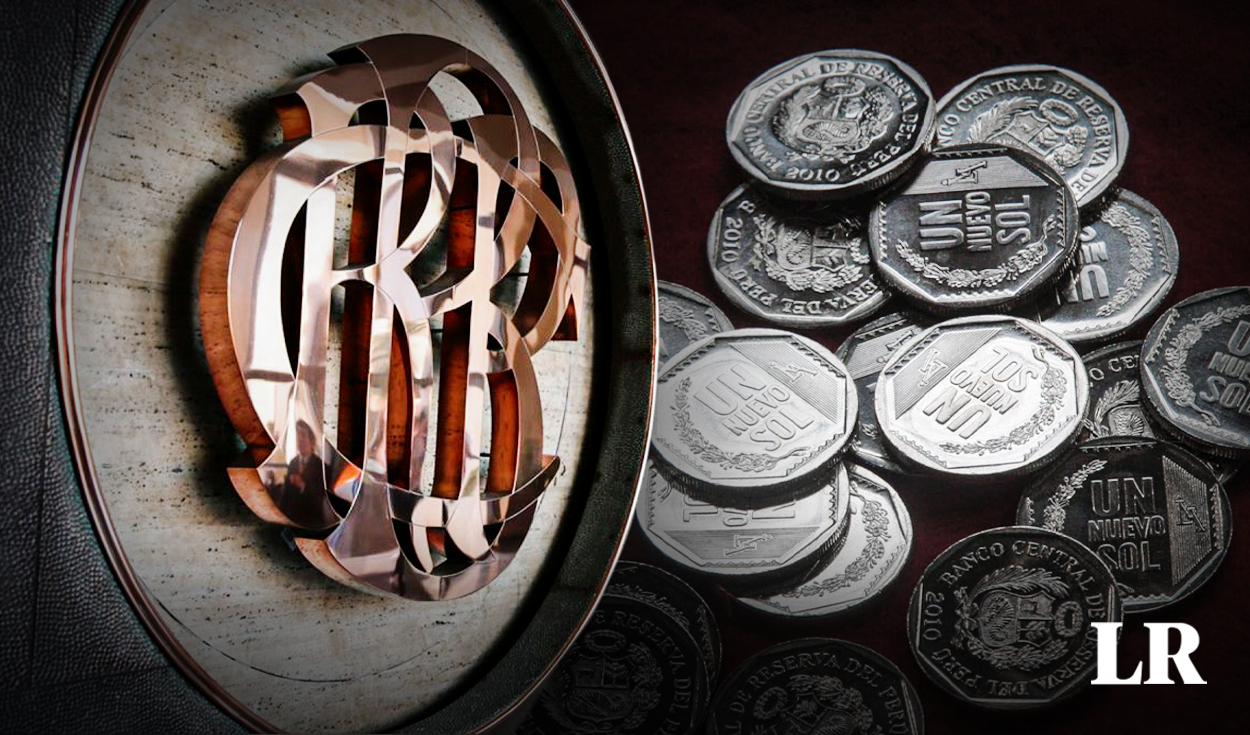
With the aim of promoting numismatic culture in Peru and disseminating the history of important figures in our independence process, the Central Reserve Bank has been presenting new coins from the ‘Builders of the Bicentennial Republic 1821-2021’ collection. On this occasion, the last of this series has been circulating since September 19 and, if you are interested in knowing what it is like and who appears on this coin, continue reading this note.
New S/1 currency: what are its characteristics?
The eighth coin in the series ‘Builders of the Bicentennial Republic 1821-2021’ features the former president and marshal José de La Mar y Cortázar. In total, there are nine collection items and this last one has a value of S/1, unlike the others that were made of silver and gold.
“This currency is legal tender, so it can be used in any economic transaction and will circulate simultaneously with current ones,” says the BCR. Next, we invite you to know its main characteristics:
- Denomination: S/1.00
- Alloy: nickel silver
- Weight: 7.32g
- Diameter: 25.50mm
- Edge: grooved
- Year of minting: 2023
- Obverse: coat of arms
- Reverse: composition alluding to José de la Mar y Cortázar
- Issue: 10 million units
New S/1 currency: what does it look like?
In the central part of the obverse of this coin you can see the Coat of Arms of Peru, which is surrounded by the legend of the Central Reserve Bank, as well as the year of minting, 2023, and an eight-sided inscribed polygon.
On the obverse, we can see the image of José de la Mar y Cortázar, as well as a geometric design of vertical lines and the mark of the National Mint. Similarly, we find the phrase “Bicentennial 1821-2021”, on the left side, and its name: “1 sol”. Finally, the Bicentennial isotype can be distinguished next to it and the name of the aforementioned character is shown at the top.
New S/1 coin: who was José de La Mar y Cortazar?
Marshal José de la Mar y Cortázar was a Peruvian military man and politician who was born on May 12, 1778 in the city of Cuenca, which is located in the old Audiencia of Quito, the current Republic of Ecuador. Likewise, La Mar had a successful military career in the royalist army in Spain, which allowed him to be appointed as deputy inspector general of the Viceroyalty of Peru in 1816.
Later, he joined the Constituent Congress of 1822 and was appointed president of the Government Board in that same year. Furthermore, he participated in the battle of Ayacucho, in which his military prowess was important for national victory and independence. In 1827 he assumed the position of president of Peru and during his government the liberal constitution of 1828 was published.
José de La Mar y Cortázar was deposed and deported to Costa Rica in 1825, where he died five years later. From 1827 to the present, his remains are found in the Presbítero Maestro cemetery, in Lima.
Source: Larepublica
Alia is a professional author and journalist, working at 247 news agency. She writes on various topics from economy news to general interest pieces, providing readers with relevant and informative content. With years of experience, she brings a unique perspective and in-depth analysis to her work.












